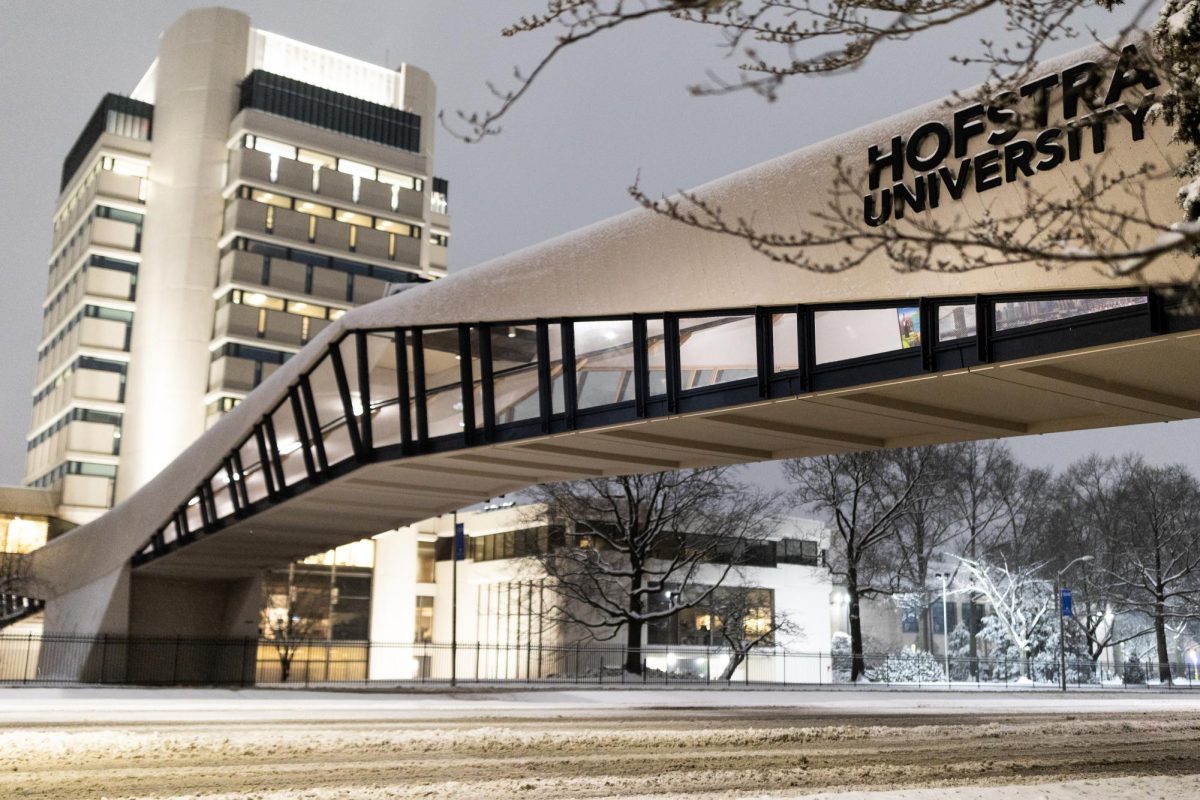By Victoria EspinozaSpecial to the Chronicle
Try to imagine learning wavelengths and sound diagrams without the ability to see. That is precisely what blind student Richard Cavallari was required to do last fall semester in The Acoustics of Sound, a course taught by Dr. Fernando Espinoza.
Cavallari needed to fit one natural science course with a lab into his schedule in order to earn his degree. To help him, the Office of Students with Disabilities contacted the chair of the physics department, Stephen Lawrence, to inquire which science courses could be completed by a blind student.
Lawrence found Espinoza’s course, and Espinoza accepted. Espinoza knew of no programs that could translate PowerPoint lessons and notes into a form that Cavallari could understand, so he tried, with no success, to locate other professors in the area who may have taught blind students.
But Espinoza’s biggest concern was not with finding the right programs; it was with making sure that he did not give Cavallari any extra help that would give him an advantage over his classmates. Espinoza wanted to treat Cavallari like every other student, assign him the same projects and give him the same exams.
He was able to do so by using programs like Voice Thread, which converted the files that he gave to students into narrated notes for Cavallari, and Wikki Stix, which helped Cavallari feel what each wavelength he was learning about looked like. Espinoza was particularly thankful for the Wiki Stix, which could be easily molded into any shape and could demonstrate for Cavallari the change in frequency of wavelengths.
The class was assigned several group projects throughout the semester. For the final project, students were instructed to use instruments to produce sound in perfect pitch. Cavallari is a talented singer who sings in Hofstra’s UChoir, so his group decided to use him as its instrument.
Although Cavallari had many personal doubts throughout the semester about whether he would be able to keep up and pass the course, Espinoza insisted that he stay.
In an e-mail that Cavallari sent at the end of the semester, he thanked Espinoza for his willingness to work with him and stated how much he enjoyed the last experiment.
Nor was Cavallari the only person to express his gratitude to the professor; Hofstra president Stuart Rabinowitz also said he believed that the work which Espinoza had done could eventually set the standard for what all professors will aim to do, by meeting their students with both creative solutions and great expectations. If every professor manages to do what Espinoza has done, it will not only make teaching even more challenging, but inevitably Hofstra will become more accessible to students with disabilities–and more accessible to all in the process.






